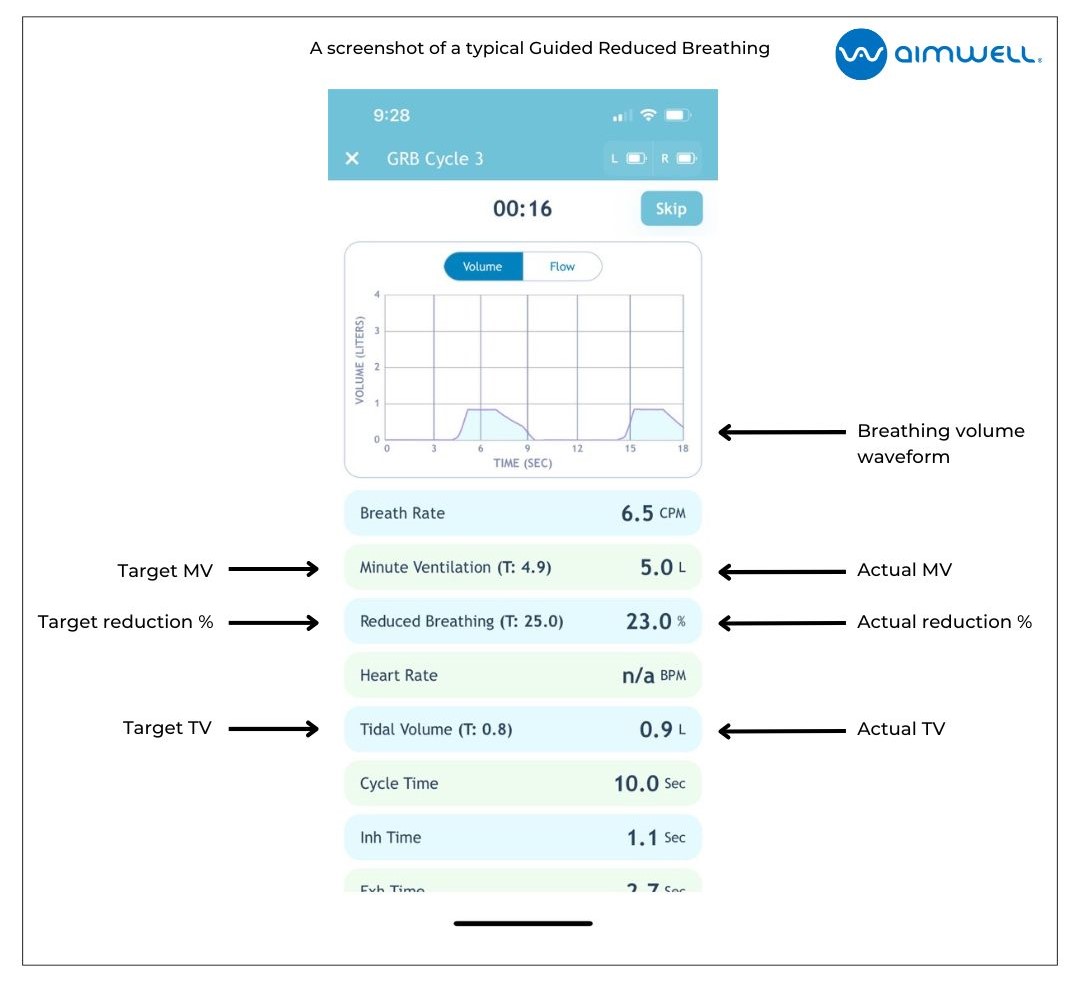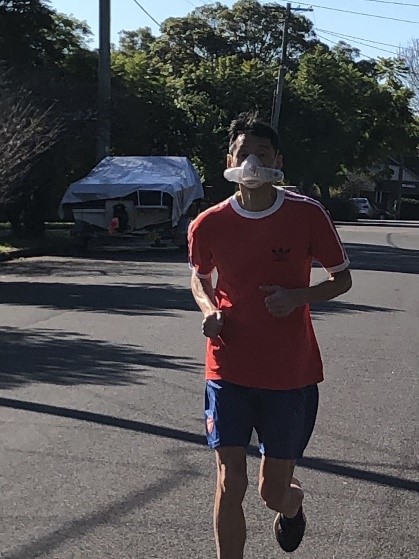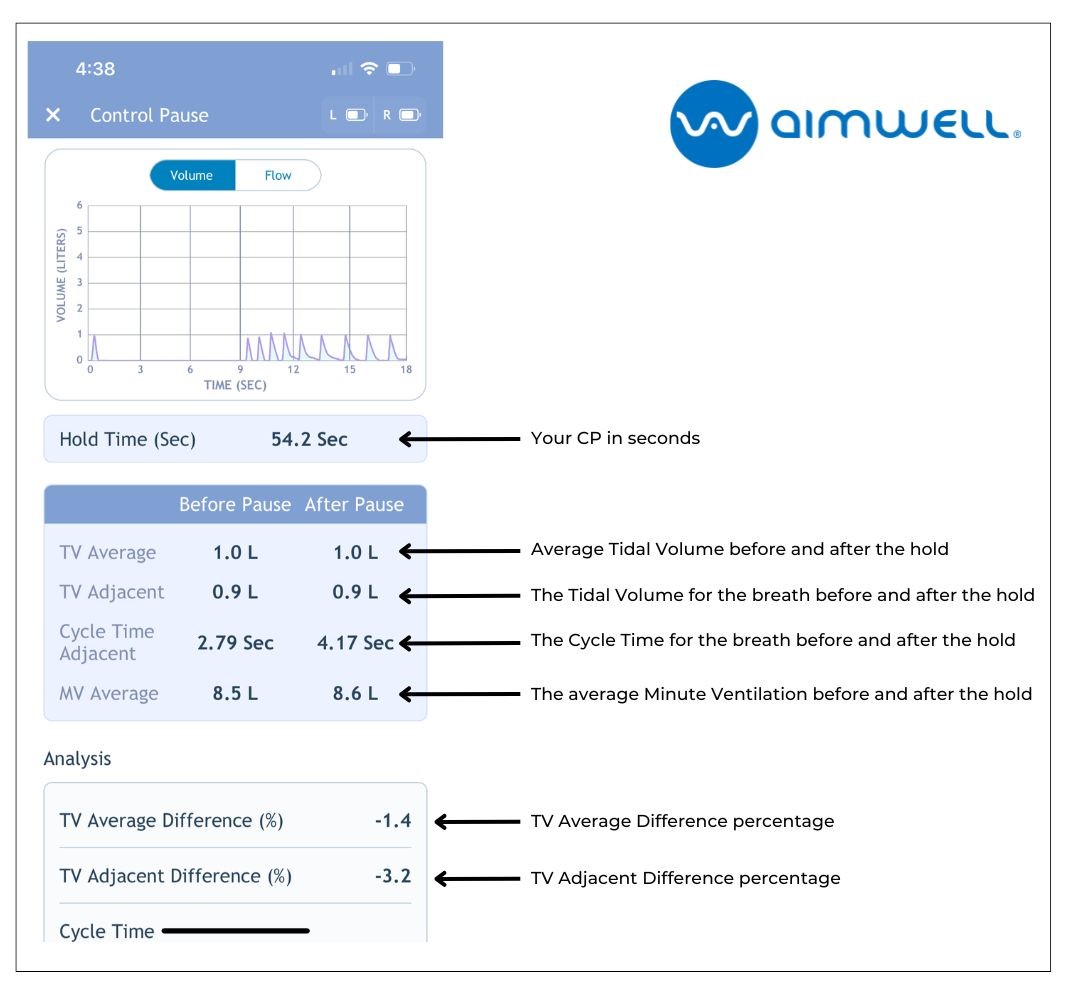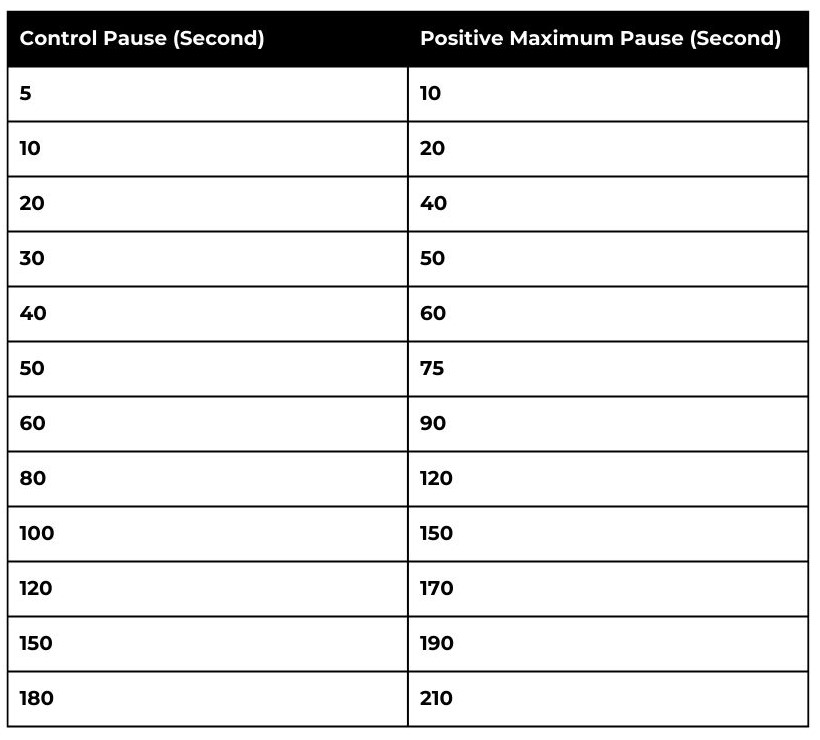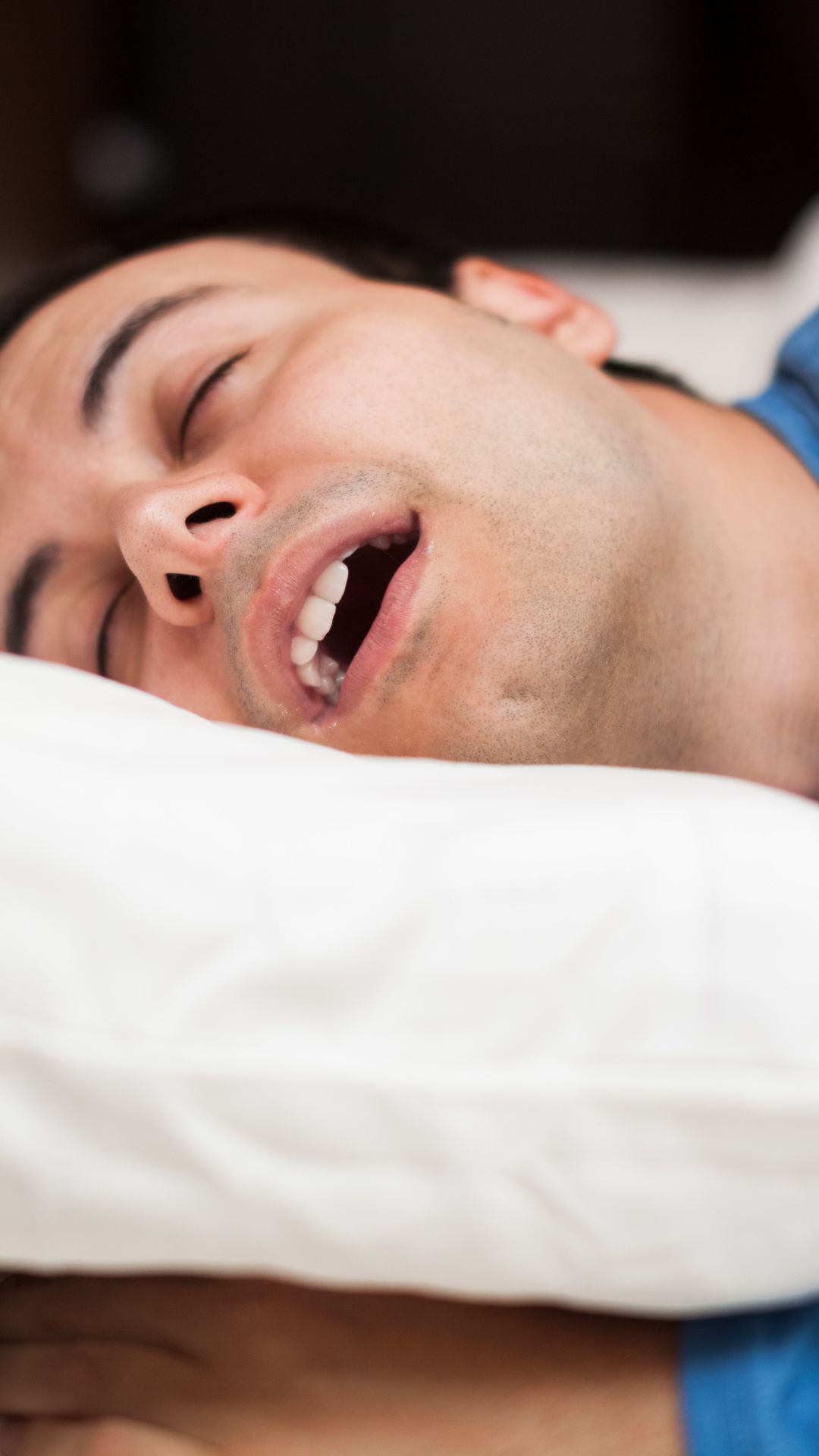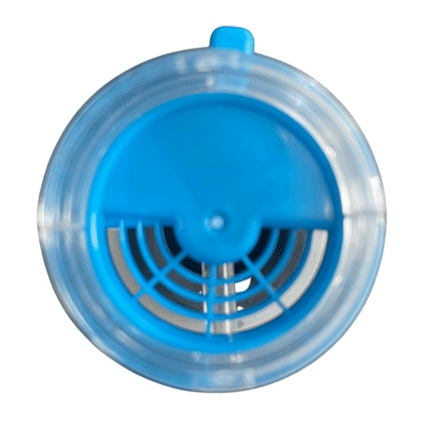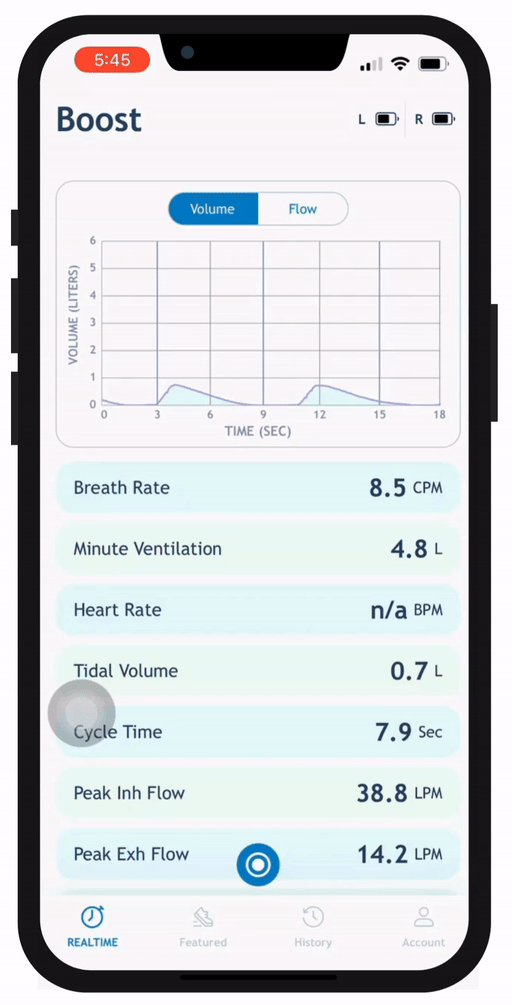How to Practice Buteyko Reduced Breathing Easily with Confidence?
Buteyko Breathing Method is a science-based breathing technique that helps alleviate and treat over-breathing-related chronic diseases, such as asthma.
Reduced breathing is the key element of the Method. There are two ways to achieve it:
- By relaxation, especially the diaphragm.
- By reducing the depth of inhalation or breathing volume consciously.
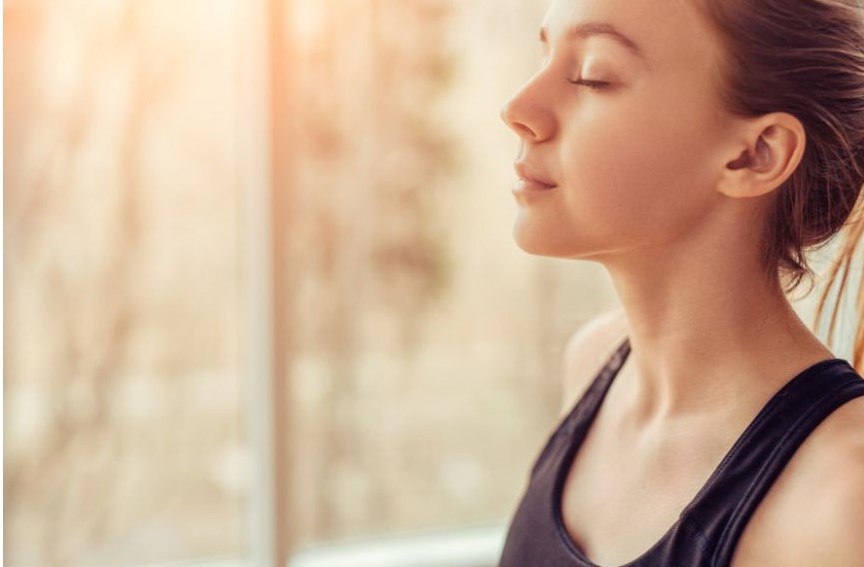
Method 1 is gentler and safer.
Method 2 is more intense with willpower, and people with hypertension and heart disease should avoid or be cautious practicing it.
The level of reduced breathing is often described in terms of air hunger, such as light, moderate, and strong.
In the book “Advanced Buteyko Breathing Exercises” by Dr. Artour Rakhimov, the level of air hunger is described as:
- Light: 5 – 10% reduction
- Moderate: 20 – 30% reduction
- Strong: 50% reduction
However, in practice, it is hard to sense such an air hunger accurately, as we humans are not born with this type of sensing capability. We need a tool to help us here.
AYO BT+ is such a tool and the only tool available to date to measure breathing while doing reduced breathing exercises – no more guesswork and uncertainty.
Here is how:
- Open the App of BT+ and select “Guided Reduced Breathing”.
- Select the number of reduced breathing cycles and the duration for each cycle.
- Then start with 5 minutes of relaxed breathing to measure your normal breathing volume – Minute ventilation (MV).
- Once measured, based on your choice of air hunger, it calculates your target reduced breathing MV.
- Next comes the first Control Pause CP1 measurement.
- After that, the Guided Reduced Breathing cycles start. Each cycle consists of a reduced breathing session followed by a breath-hold.
- During each breathing in and out cycle, based on your target MV and the last cycle time, it displays your target Tidal Volume (TV) for you to breathe toward or to use as a reference cycle by cycle.
- If you can meet your target TV for each cycle, you should ultimately achieve your overall MV target.
- Once all the Reduced Breathing cycles are completed, the second Control Pause CP2 comes.
- Finally, a summary report will provide the key data for the session, such as Initial MV, target MV, actual MV, Reduced breathing ratio (RB%), CP1, and CP2. These data can be saved on your mobile phone and the App server for future reference.
Indications of a satisfactory reduced breathing session include:
- CP2 at least 5 seconds longer than CP1, meaning your CO2 tolerance after the session has been improved, that is the intended outcome the reduced breathing aims for.
- Your hands and feet should feel warmer.
- Your noses should be unblocked (if they were partially blocked before the session)
- Your breathing should become calmer and quieter, and you should feel more relaxed and comfortable.
The AYO BT+ Guided Reduced Breathing function provides a precise guide and real-time feedback to help achieve reduced breathing volume based on the selected level of air hunger.
The program integrates all key elements from a typical Buteyko Reduced Breathing exercise plus a saveable summary report, which greatly simplifies and automates the practice that would otherwise be time-consuming and troublesome to follow daily.
The real-time breathing volume waveform can also help visualize how well you use and relax your diaphragm, as a tense diaphragm will result in a sharp rising and falling breath that can be shown from the waveform on the App screen, thus it is a great tool for self-learning and practice.
